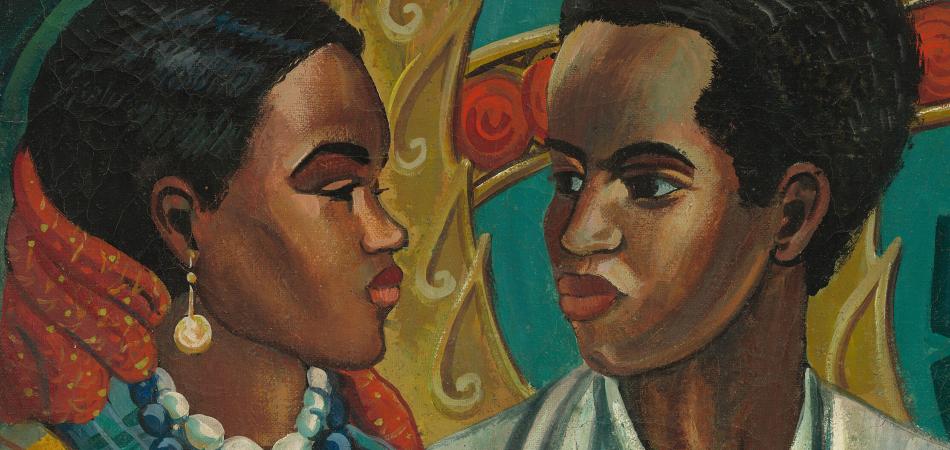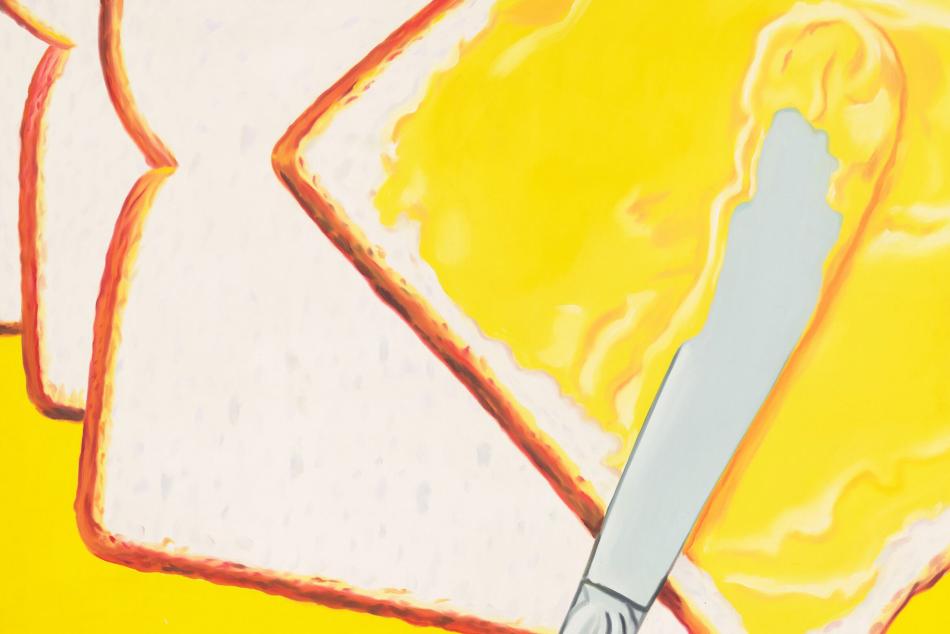34 Artworks About Love at the National Gallery

From first kisses to tragic romances, our collection abounds with love, in all its forms.
Here we’ve selected some of our favorites, including works you can see in the galleries plus hidden treasures from our storerooms. Enjoy classics ranging from Auguste Rodin’s The Kiss and Pablo Picasso’s The Lovers to contemporary photographs and prints portraying family bonds, close friendships, and lovers, of course.
- Download free images from our collection to send to your valentine.
- Plan a date at the National Gallery. Learn more about our Sculpture Garden.
Explore more hidden treasures from our collection, including wintry scenes, food in art, and our spookiest works.
Kissing Booth
Pucker up! Austrian artist Gustav Klimt’s The Kiss isn’t the only artwork to evoke a romantic smooch. French sculptor Auguste Rodin made several works portraying embracing couples. In Rodin’s The Kiss the tangled figures nearly obscure the meeting of their mouths.
Young Love
Do you remember your first kiss or school dance? These works embrace the sweet, and sometimes awkward, early romances. Harlem photographer James Van Der Zee’s formal portrait of a tiny bride and groom takes pretend weddings to the next level.
Family Bonds
These works remind us to share the love with our families, whether biological or chosen.
In François-Hubert Drouais’s self-portrait with his family, the French painter’s daughter gifts her mother a bouquet of flowers, while Drouais reads her a poem, or possibly a love letter.
“Palentine’s” Day
Celebrate the one you love like a sibling, whether it be by enjoying an ice cream cone like friends in American artist Isabel Bishop’s drawing below or just spending some time together as in Sisters by French impressionist painter Berthe Morisot.
Broken Hearts
Artists like Norwegian painter and printmaker Edvard Munch have illustrated the longing for love, while a 16th-century drawing called “Do Not Eat Your Heart Out” reminds us not to get too sad. The unknown French artist shows a woman using giant forceps to remove a bleeding heart.
Newlyweds
Wedding bells are ringing in James Van Der Zee’s and Leonard Freed’s photographs of brides and grooms. Or in the case of Antoine Watteau’s drawing of a wedding procession, a lute player serenades the couple on their way to say their vows.
Perfect Pairs
Couples are the subject of paintings by Washington, DC–based artist Lois Mailou Jones and French artist Pablo Picasso.
Nancy Andrews’s photograph of Gean Harwood and Bruhs Mero is part of a series of portraits of the gay and lesbian community in America in 1980s and 1990s.
Missed Connections
Sometimes, it’s not meant to be. Italian Renaissance painter Titian’s Venus and Adonis shows the goddess clinging to her love before he leaves for a hunt, never to return. Flemish painter Peter Paul Rubens’s Agrippina and Germanicus is an imagined double portrait of the husband and wife. Or could it be a portrait of other star-crossed lovers? Hear scholar Mary Beard’s theory about the painting.

Vintage Valentines
Need some inspiration for your valentine? Browse some examples, or put pen to paper and send a letter via carrier pigeon as the women are preparing to do in French rococo artist François Boucher’s The Love Letter. Washington, DC, master printmaker Lou Stovall’s vibrant screenprint is topped with the simple words “I Love You."
Top image: Lois Mailou Jones, The Lovers (Somali Friends), 1950, casein on canvas, not on view
You may also like

Article: Food Art Favorites to Feast Your Eyes On
Feast your eyes on our top 10 favorite food paintings at the National Gallery and download your favorites for free. See still lifes and pop art by Paul Cézanne, James Rosenquist, Robert Seldon Duncanson, and more.

Article: Enjoy Winter Art Favorites at the National Gallery
Explore some of our favorite snowy scenes.




































